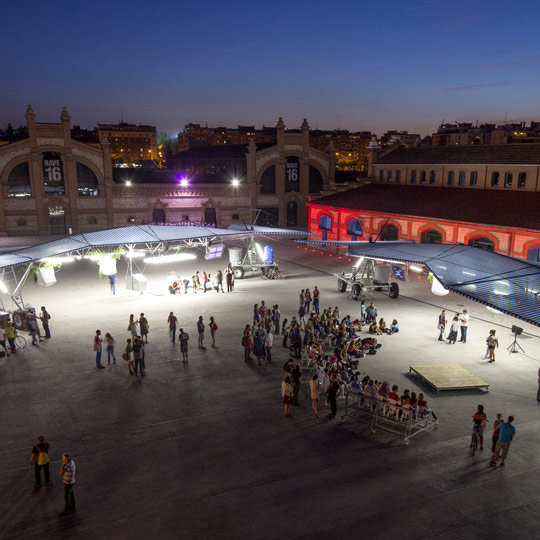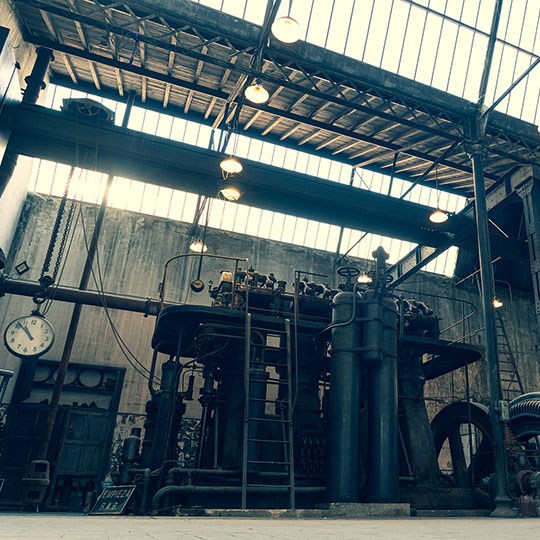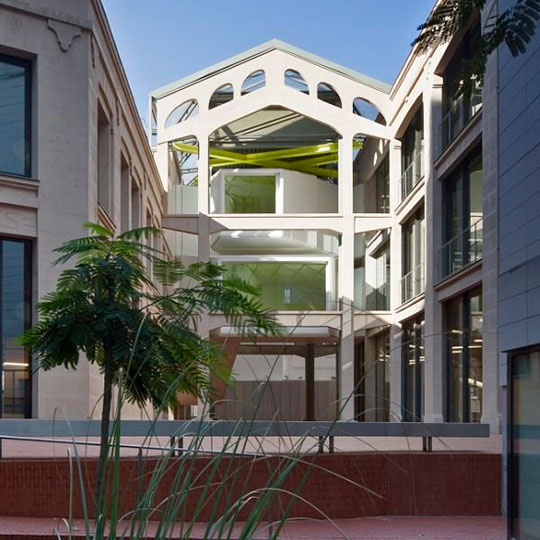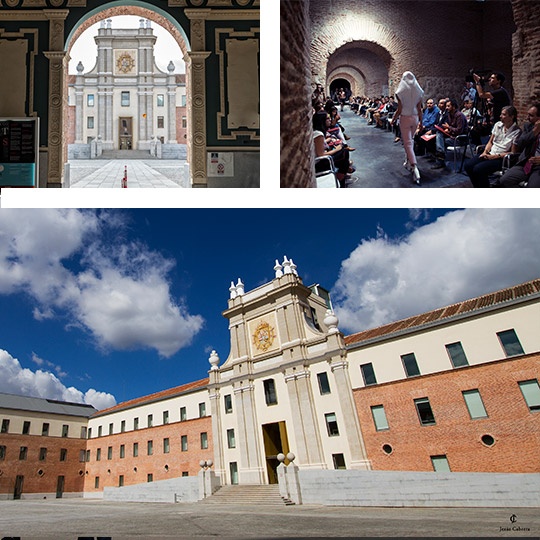Historic buildings transformed
Most of them are historic buildings that have been transformed and whose activities, exhibitions and fostering of citizen participation have made them stand out in the cultural life of Madrid.

Spaces for alternative culture in Madrid
Contemporary culture, street art, collaborative creativity, spaces for the public to participate in art… These alternative options complement the city's wide range of more traditional cultural activities, and represent some of the most avant-garde and socially oriented facets of Spanish culture.
Debe activar Javascript para poder utilizar este servicio
Most of them are historic buildings that have been transformed and whose activities, exhibitions and fostering of citizen participation have made them stand out in the cultural life of Madrid.
It defines itself as a centre for contemporary creation and a creative laboratory. It hosts concerts, outdoor activities, exhibitions, workshops, foreign-language films, theatre, and more. Notable features include a space dedicated to literature, La Casa del Lector; the theatres in the Naves del Español; the Centre for Immersive Experiences focused on new cultural audiences and its large plaza where unusual themed markets and festivals are held. It also has an area dedicated to design, recording and rehearsal studios and Medialab, an interdisciplinary platform for research and experimental cultural production to promote community participation and civic engagement. Next door, you can visit the botanical garden and greenhouse of the Palacio de Cristal de Arganzuela.How to get there: It is located next to the Legazpi metro stop (lines 3 and 6) and about a kilometre from the Embajadores stop (metro lines 3 and 5 and Cercanías trains)Fun fact: Did you know that ‘matadero’ is Spanish for slaughterhouse? This complex was originally Madrid's municipal abattoir and livestock market.

Avant-garde and experimental art centre focused on residencies for emerging international artists. It regularly hosts video art festivals, exhibitions, discussions and art installations of all kinds. The museum also has a bookstore specializing in topics related to its programming.The space also includes a railway exhibition, with machinery, railway signals, signals and clocks that are part of the history of the railway.How to get there: It is located next to the Madrid - Puerta de Atocha - Almudena Grandes train station and very close to the Paseo del Arte. The nearest metro stops are Menéndez Pelayo and Atocha (line 1).Fun fact: The building on which it sits is in the Neo-Mudejar style, an architectural movement closely linked to the city of Madrid, and belonged to the state railway company.

A social and cultural centre, working mainly with young artists, and focusing on four areas: solidarity, the environment, culture, and education. It is famous for its concerts, especially the ones it organises jointly with Radio Nacional de España, its children's workshops, its contemporary art exhibitions, and its wide-ranging education options. It also has a radio studio, a library and a cinema room. Before you leave, we recommend spending some time relaxing on its roof terrace.How to get there: It is located halfway between the Atocha (metro line 1 and Cercanías train) and Embajadores (metro lines 3 and 5 and Cercanías train) stops. On foot, it is just a few minutes from the Museo Nacional Centro de Arte Reina Sofía.Fun fact: As well as offering wonderful views, the rooftop has a unique native garden and becomes a lively meeting point at sunset.

Located between the Paseo del Arte and the Barrio de las Letras, this municipal cultural space offers a wide range of activities around art, music, design, image and gastroculture. Its aim is also to be a meeting point for all types of agents and professionals in the creative field. The 'espacio letras' stands out, a large area that houses fun and participatory exhibitions dedicated to poetry, literature and the role of Madrid as a literary capital throughout the centuries.How to get there: it is right on the Art Walk, next to CaixaForum Madrid and a short walk from the Reina Sofía National Art Museum and the Prado Museum. The nearest metro stops are Estación del Arte and Antón Martín (line 1).Fun fact: It is located on a unique industrial building from the early 20th century that is part of the 'Landscape of Light', recognized as a World Heritage Site by UNESCO.

In one of the most iconic buildings in Madrid, in recent years this centre has become a public space for culture. It holds prestigious exhibitions and art fairs, and offers spaces for quiet contemplation, reading rooms and areas for working on art. It also contains two outstanding spaces - the lookout point Mirador de Madrid, and the Galería de Cristal. From the Mirador you can see a 360 degree view of the city, including Gran Vía, Paseo de la Castellana and the Retiro Park. The Galería de Cristal is an open space with a striking curved glass roof.How to get there: As its name indicates, it is located in the city centre so you can walk there following almost any tourist route. The nearest metro station is Banco de España (line 2).Fun fact: The building, the Cibeles Palace, is also the headquarters of Madrid City Hall and for most of the last century it was known as the “Cathedral of Communications” because it was the main headquarters of Spain's postal service.

One of the major cultural centres in Madrid city centre, with Matadero and CentroCentro. It is arranged around two large courtyards or patios. The Patio Norte offers cultural services such as a municipal library, the Contemporary Art Museum and the Madrid Archives; and the Patio Sur focuses on the dissemination of culture, with a theatre, an auditorium, and various rehearsal rooms and gallery spaces.How to get there: It is located in the lively University neighborhood and the nearest metro stops are Ventura Rodríguez (line 3), Plaza de España (lines 3 and 10), Noviciado (line 2) and San Bernardo (lines 2 and 4).Fun fact: did you know that the space where you can enjoy dance performances, fashion shows, performance art and theatre was originally stables? In the 18th century, this building was a cavalry barracks. The soldiers slept in the Patio Norte area, and the horses were housed in the Patio Sur.

Travel plans for inspiring you